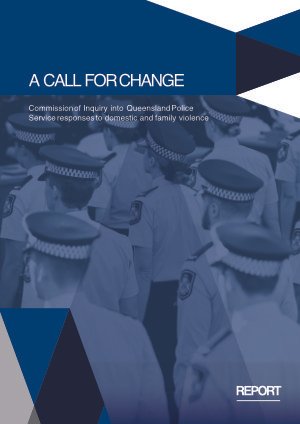By Kirsty S Lee, Dieter Wolke, Till Bärnighausen, Lucienne Ouermi, Mamadou Bountogo, Guy Harling
Background Sexual victimisation and peer victimisation are pervasive and increase risk for mental illness. Longitudinal studies that compare their unique and cumulative effects are scarce and have been done predominantly in highincome countries. The aims of this study were to examine the prevalence, prospective associations, and gender differences in sexual and peer victimisation and mental health in a low-income, African setting. Methods In this prospective cohort study, data were obtained from the 2017 ARISE Adolescent Health Study, a population-representative, two-wave, prospective study of adolescents (aged 12–20 years) from Burkina Faso. A random sample of adolescents was drawn from ten villages, selected to capture the five main ethnic groups, and from one of the seven sectors of Nouna town, Burkina Faso, at two timepoints: Nov 12 to Dec 27, 2017, and Nov 15 to Dec 20, 2018. Standardised interviews were conducted in French or a local language by trained researchers. We measured victimisation exposure as sexual victimisation, peer victimisation, and polyvictimisation, using lifetime frequency of exposure, and we measured mental health symptoms and disorders using the Kutcher Adolescent Depression Scale, the Primary Care Post-Traumatic Stress Disorder screen IV and 5, and a question on lifetime selfharm and number of incidents in the past year. We calculated prevalence of victimisation and mental health symptoms and disorders at the two timepoints, and we used lifetime victimisation at the first timepoint to predict mental health at the second timepoint using logistic and negative binomial regressions. Gender differences were examined using interaction terms. Findings Of 2544 eligible adolescents, 1644 participated at time 1 and 1291 participated at time 2. The final sample with data at both timepoints included 1160 adolescents aged 12–20 years (mean 15·1, SE 0·2), of whom 469 (40·4%) were girls and 691 (59·6%) were boys. The majority ethnic group was Dafin (626 [39·1%]), followed by Bwaba (327 [20·5%]), Mossi (289 [16·0%]), Samo (206 [13·0%]), Peulh (166 [9·7%]), and other (30 [1·6%]). After survey weight adjustment, sexual victimisation (weighted percentages, time 1, 256 [13·8%] of 1620; time 2, 93 [7·2%] of 1264) and peer victimisation (weighted percentages, time 1, 453 [29·9%] of 1620; time 2, 272 [21·9%] of 1264) were common, whereas polyvictimisation was more rare (weighted percentages, time 1, 116 [6·6%] of 1620; time 2, 76 [5·7%] of 1264). Longitudinally, sexual victimisation was associated with probable clinical disorder (adjusted odds ratio 2·59, 95% CI 1·15–5·84), depressive symptoms (adjusted incidence rate ratio [aIRR] 1·39, 95% CI 1·12–1·72), and symptoms of post-traumatic stress disorder (aIRR 2·34, 1·31–4·16). Peer victimisation was associated with symptoms of posttraumatic stress disorder (aIRR 1·89, 1·13–3·17) and polyvictimisation was associated with depressive symptoms (aIRR 1·34, 1·01–1·77). Girls reported more sexual victimisation (weighted percentages, 130 [17·3%] of 681 vs 126 [11·4%] of 939), boys reported more peer victimisation (weighted percentages, 290 [33·1%] of 939 vs 163 [25·2%] of 681), and there was a significant interaction between lifetime victimisation and gender for probable clinical disorder (F [degrees of freedom 7, sample 376] 2·16; p=0·030). Interpretation Sexual and peer victimisation were common in the study setting and increased risk for mental health problems. Adolescent girls who have been sexually victimised are especially at risk of mental health problems. Interventions targeting sexual and peer violence in low-income settings are needed.
Lancet Psychiatry 2024; 11: 134–42





















